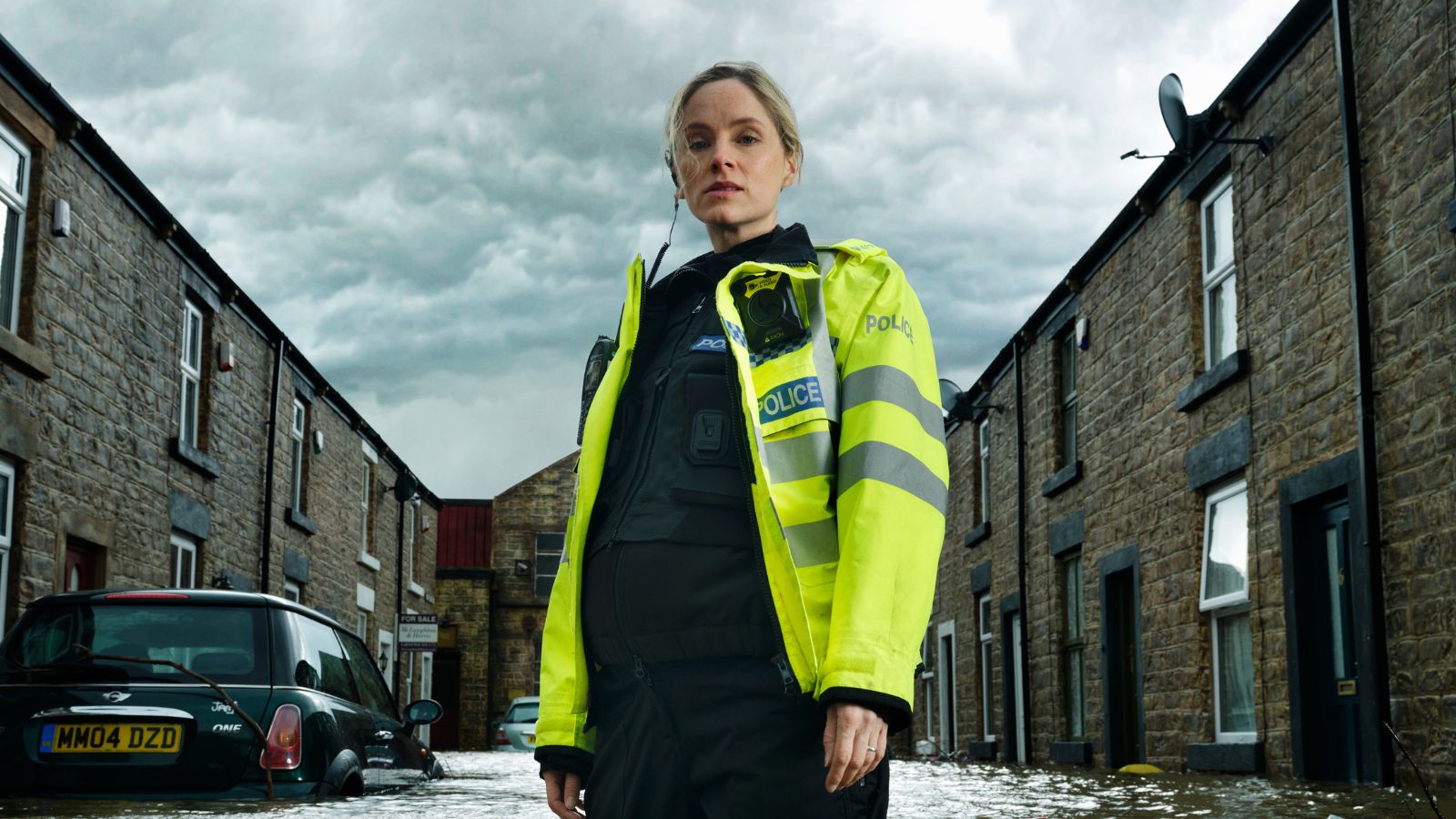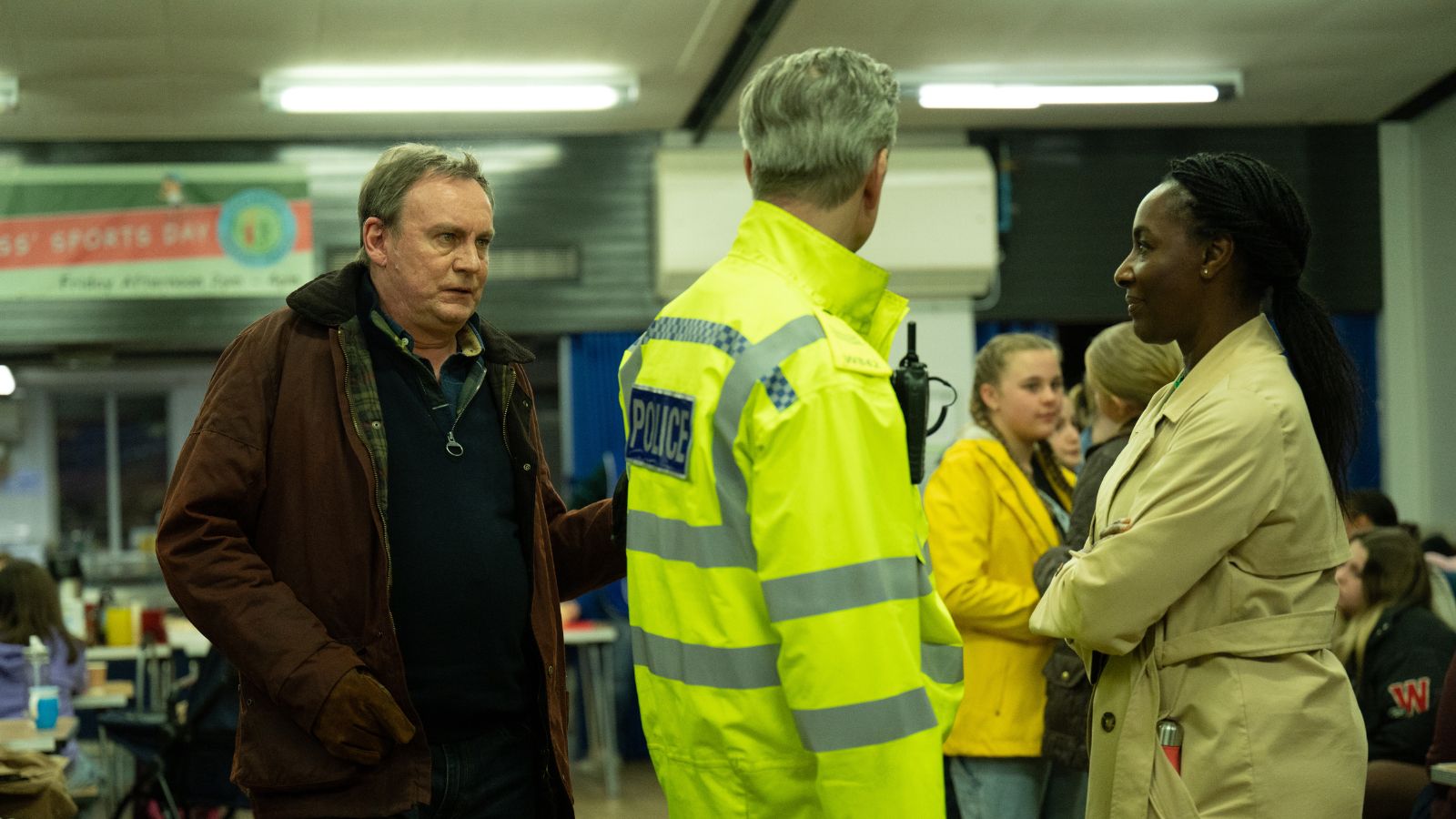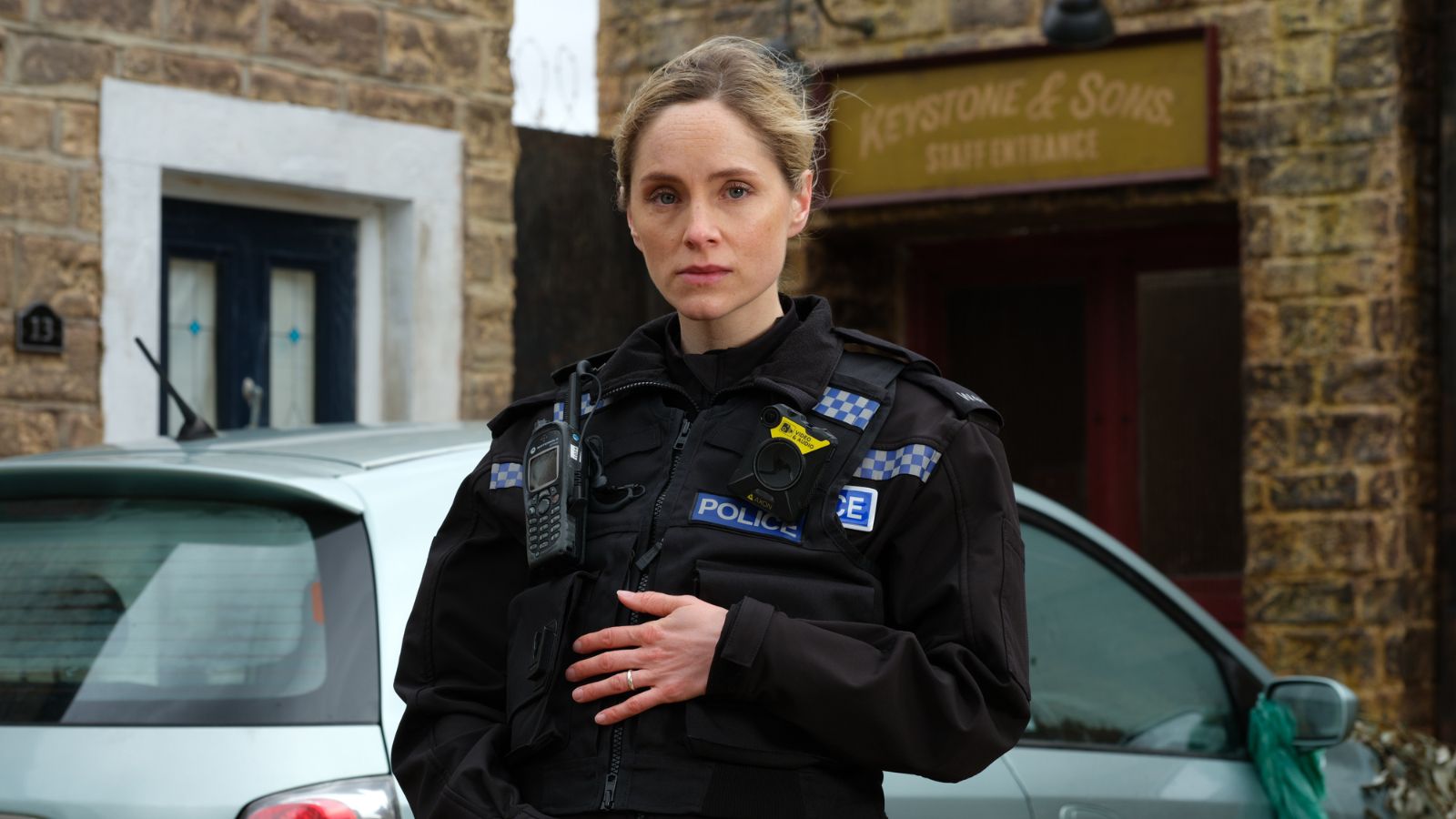
After watching ITV's latest drama, After the Flood, fans want to know more about how this unique show was filmed and whether it's based on a true story.
If you've finished Mr Bates vs The Post Office and you're looking for your next TV fix, ITV's brand new series After the Flood premiered on ITV1 and ITVX on Wednesday 10 January 2024 – and fans are already gripped.
The series is set in the North of England, and focuses on the aftermath of a terrible flood that turns people out of their homes and causes utter chaos in a town. When a dead body turns up in an underground car park lift, police assume he died from drowning because of the flood waters, but it's later revealed he died three days before the flood.
Although fans are intrigued by the investigation, many are wondering how ITV managed to film this series and whether this series is based on a true story. Here's what you need to know...

Where is After the Flood filmed?
Per Radio Times, After the Flood was filmed in several locations across the North of England. The opening scene where Jo Marshall (played by Sophie Rundle) saves a baby from the flooding river was filmed at Tees Barrage White Water Centre in Stockton-on-Tees in Durham.
Cast members revealed that the flooded streets weren't CGI and were in fact part of a set that was built for the show in a massive tank. "We're over Barton Bridge and you can look down on the Trafford Centre," Nicholas Gleaves, who plays Sergeant Phil Mackie told Radio Times. "There is Manchester getting on with its business and in a part of the car park there is this kind of Hollywood set. Then we put our waders on and literally stepped into a gigantic, half a football pitch sized tank that was a terraced street in a Northern town."
The rest of the show was filmed in Glossop in Derbyshire, Stockport Market Hall, and Bury's Burrs Country Park.

Is After the Flood based on a true story?
Per Radio Times, writer Mick Ford explained that this story is inspired by real floods that have taken place in the UK and a real-life case when two bodies were discovered in a lift after a flash flood in Israel.
"The idea of a body found after a flood, but it has been dead from before the flood, was a good one. That was early on, so we then felt we could write about climate change." Mick added, "It's great if you can write about important things but if you are too worthy about it no one will make it. It must be just part of the fabric of the story. Once I'd got into the locked-room aspect I found that story had happened to a couple in Tel Aviv in a hotel."
"They went down in the lift into a flash flood which fused the electrics and they drowned. I took that and then that fed into so, how did the body get there? Who put the body there?" he said.

The writer then explained that he wanted this series to make an 'impact' and show what life is like for those who are affected most by this type of destructive climate change."I found this picture of a town in Yorkshire, which was in a flash flood, and it was just this rage of water coming between houses. It was important to get that impact. We are talking about things that can't be denied," he said.
"Even though we can see all the news feeds from around the world we still believe that we live in a certain world. That we can make plans. But with nature and flash floods that is out the window. It doesn't give a toss about you and what you have left is just the community and those around you," he concluded.







